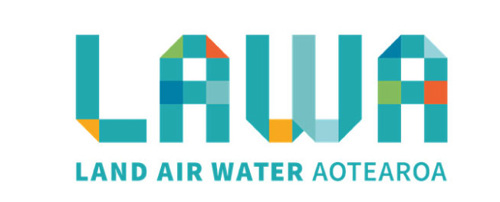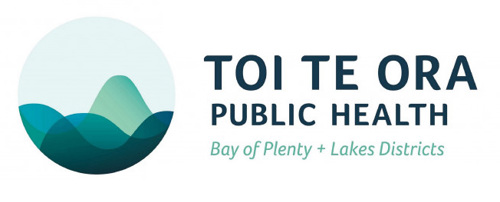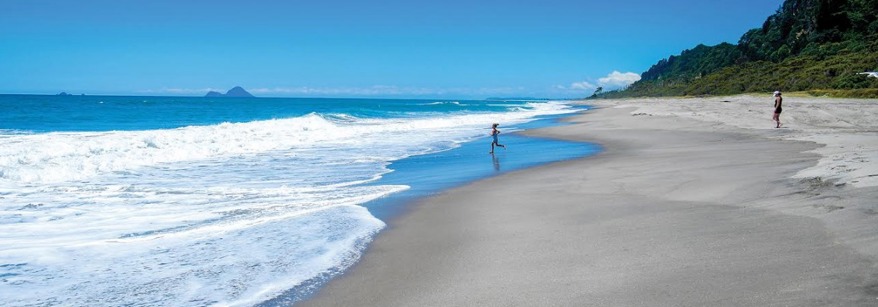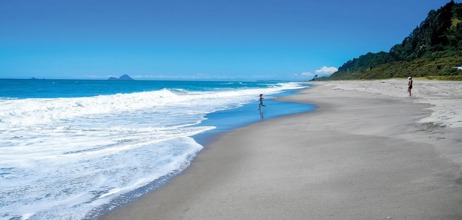We collect water samples from more than 70 popular coastal, river and lake recreation sites around the Bay of Plenty, weekly throughout the summer swim season from late October to the end of March.
Choosing a healthy and safe spot to swim
 Check the latest swimming suitability gradings and water sampling results.
Check the latest swimming suitability gradings and water sampling results.
 Check for any current shellfish and recreational water health warnings.
Check for any current shellfish and recreational water health warnings.
Ministry for Primary Industries also monitors shellfish for shellfish poisoning risk that can be caused by naturally occuring toxic algae blooms. You can see the latest alerts on their website.
Regardless of health warning status:
- You should avoid swimming for two to three days after heavy or prolonged rain. This is because the water can be contaminated by farm and urban run-off which takes some time to settle out or flush away.
- Avoid swimming near potential sources of contamination such as flocks of birds, storm water or waste water outlets.
- If you suspect an algal bloom is present, don't swim or take part in an activity that may result in accidental consumption or exposure to water affected by algal blooms.
Water sampling
The water samples we collect are checked for faecal contamination (E. coli or Enterococci bacteria) and/or for toxin-forming algae (cyanobacteria).
Our monitoring information is supplied to Toi Te Ora - Public Health who are responsible for issuing health warnings if unsafe levels of bacteria or toxic algae are detected.
Summer water sampling results
Check out the areas below to see the latest water sampling results, and find out more about each of the swimming spots we monitor over summer.
Further information
- Recreational water quality monitoring in New Zealand factsheet.
- LAWA swim site gradings - what the swim icons mean factsheet.
- Faecal indicator bacteria (Enterococci and E. coli) factsheet.
- Potentially toxic algae factsheet.


